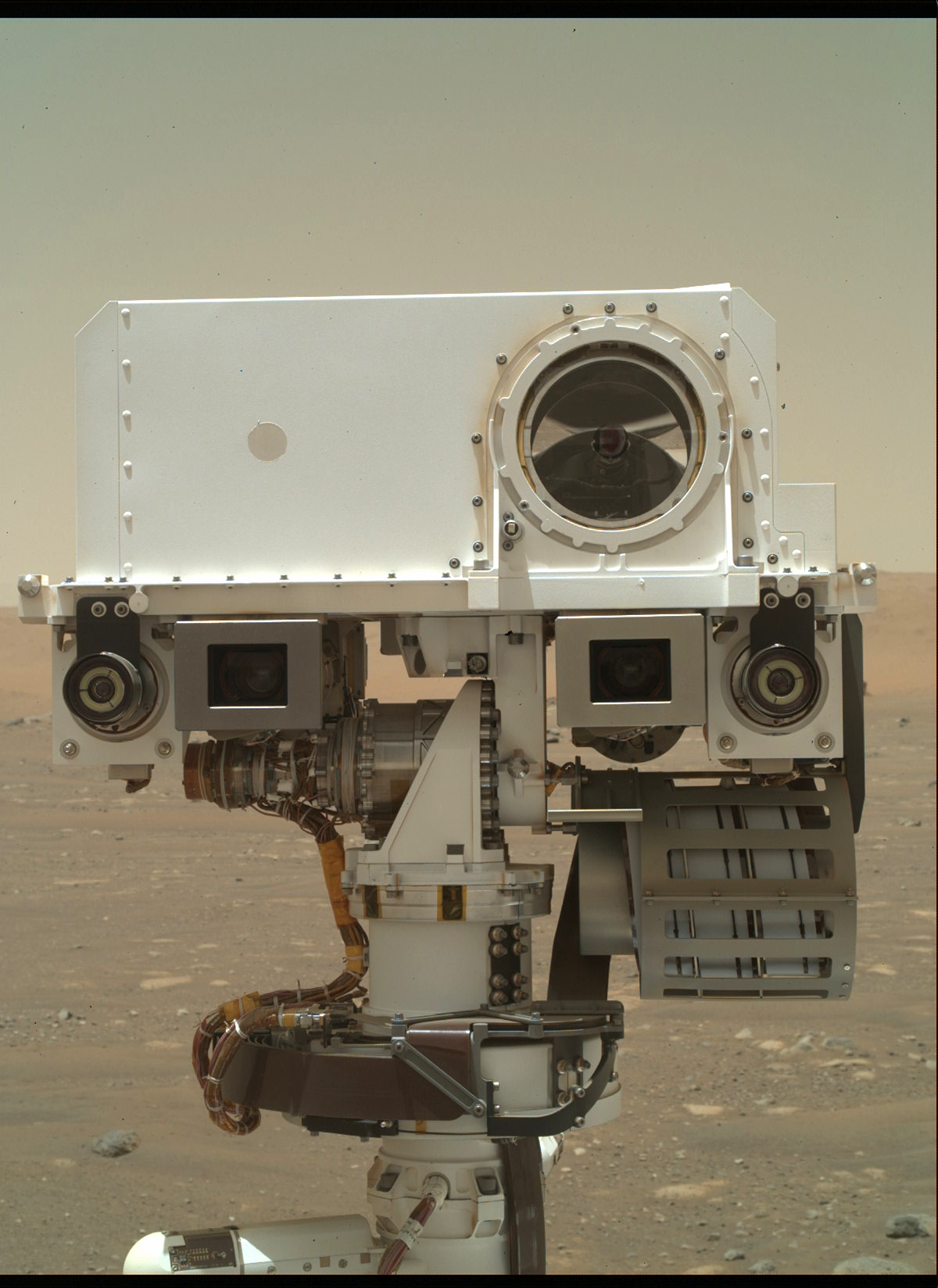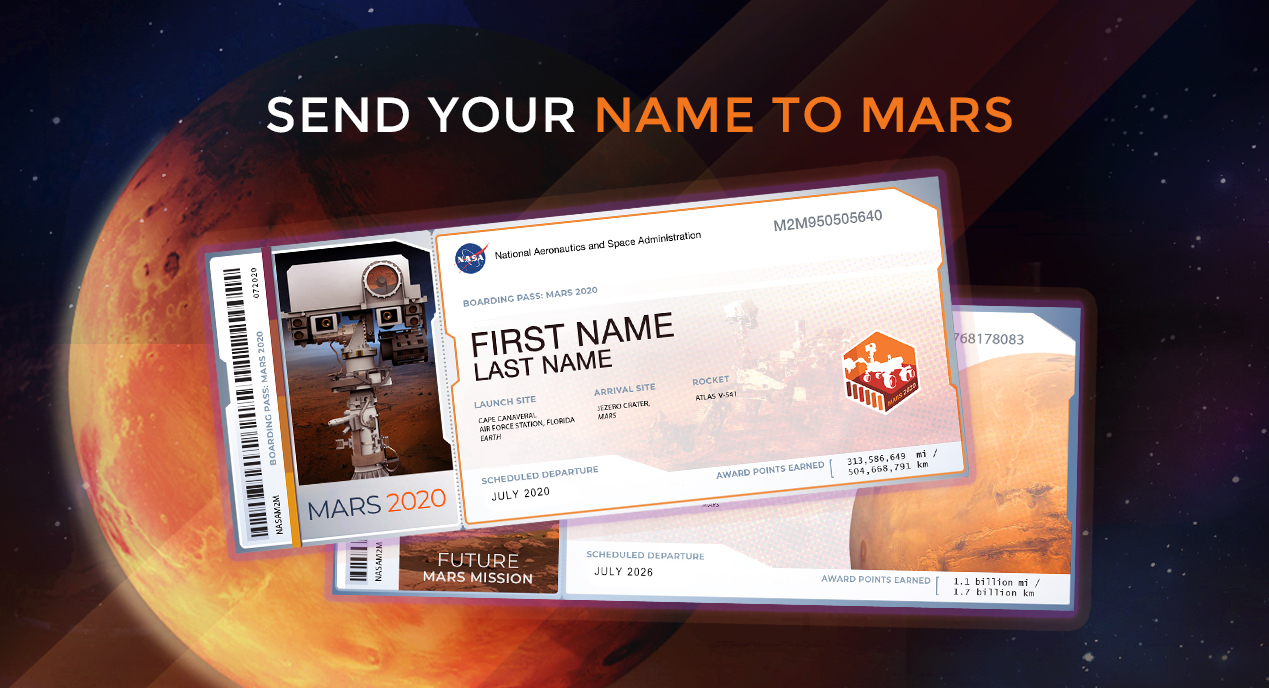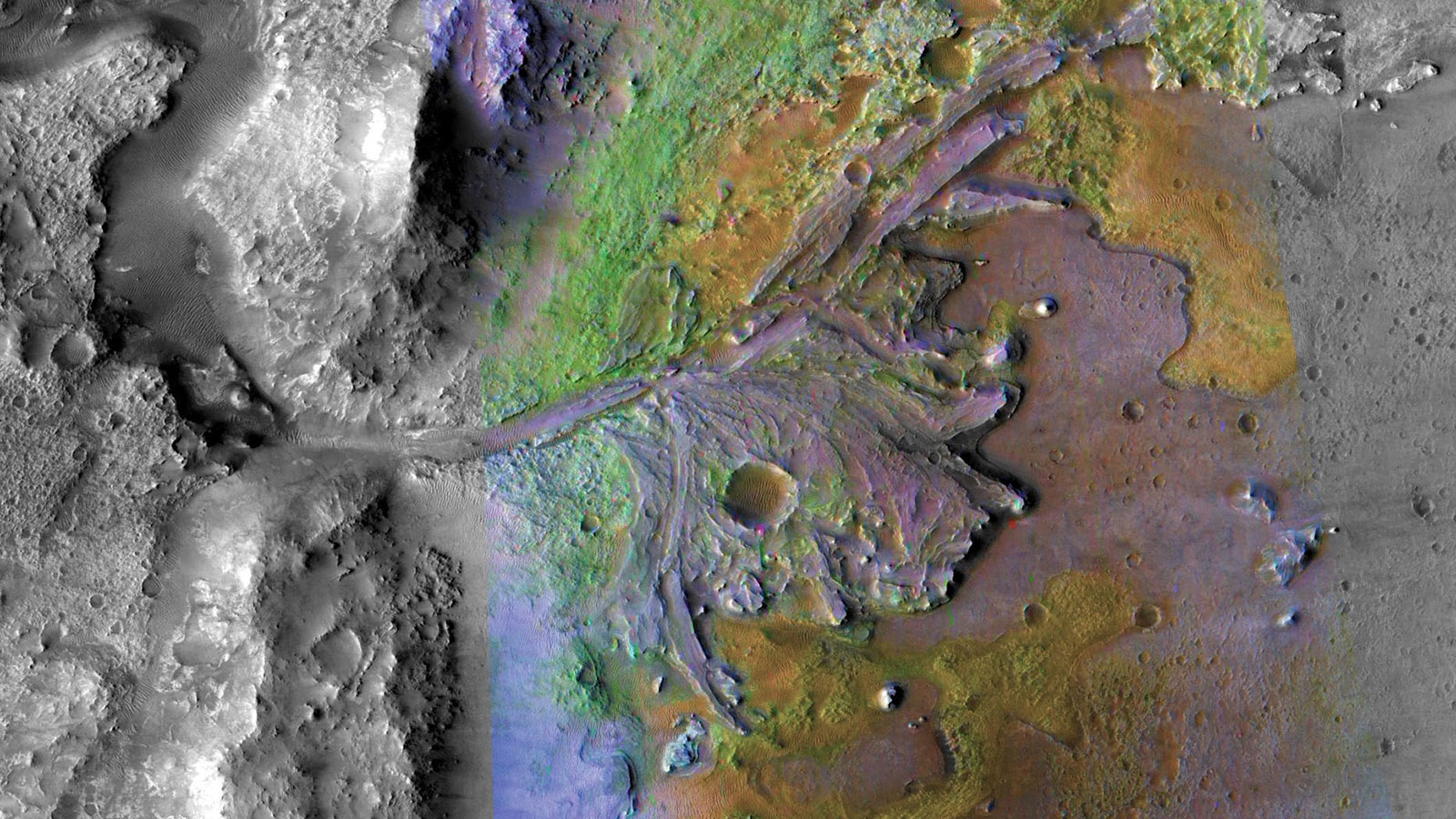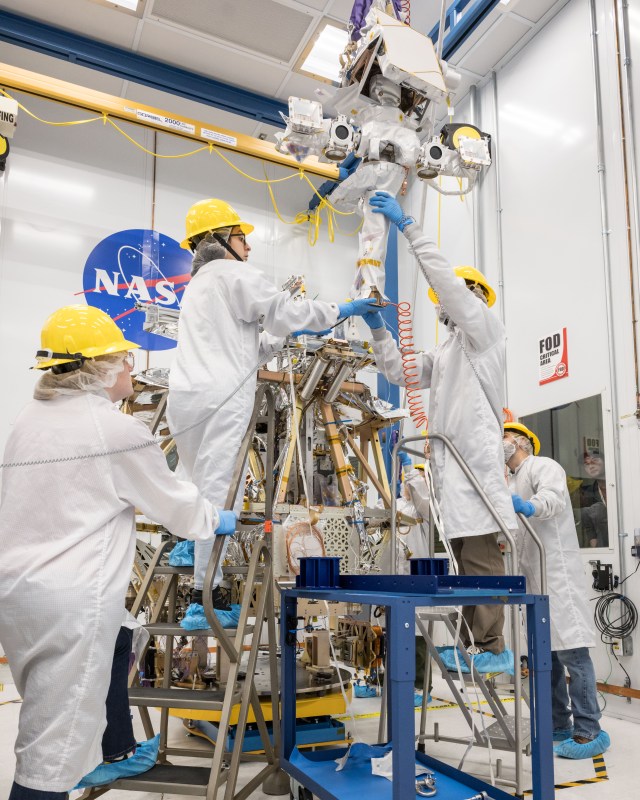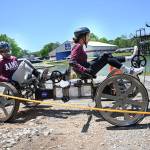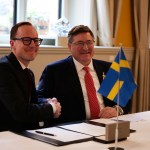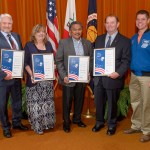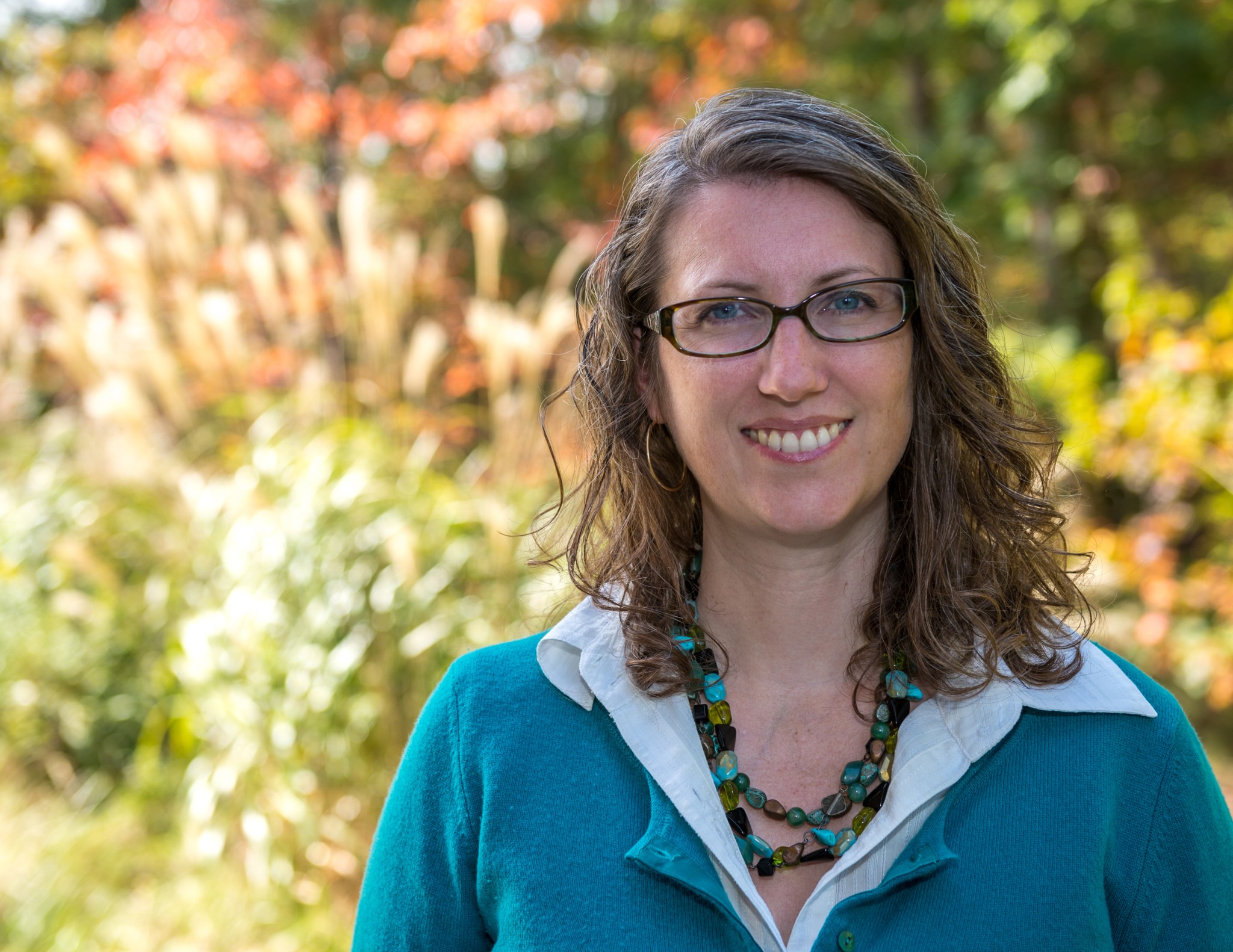
Name: Stephanie A. Getty
Title: Planetary Research Scientist & Associate Lab Chief
Organization: Code 699, Planetary Environments Laboratory
From English major to pre-med and physics, Stephanie Getty found her way to NASA’s Goddard Space Flight Center.
What do you do at Goddard and what is most interesting about your role?
There are many aspects of my job, all with parallel efforts. I have some involvement with flight missions and I also lead strategic efforts. I am currently a part of the Mars Organic Molecule Analyzer (MOMA) science team. MOMA is a mass spectrometer instrument for the European Space Agency’s 2018 ExoMars Rover Mission. Additionally, I support a number of new instrument technology projects; I am the principal investigator of three and the co-investigator of a few others. These new instrument prototypes do not have flight project yet. When the right mission comes along, we will propose them. My job is a combination of technical leadership for new instrument development as well as contributing to the overall strategy of the group, division and therefore Goddard.
I get excited about my work because I can connect everything to the big picture. I’m contributing to the anticipated success of an instrument that will eventually land on Mars and perform science that no instrument has ever done before. In general, there is a lot of really exciting mission work going on in this group and it all connects to the broader NASA mission. I enjoy the people I work with, who are by and large the smartest people you’ll encounter, and I feel privileged to be a part of this group.
Why did you decide to become a scientist? How did you end up at Goddard?
Going through school, I enjoyed a range of subjects. I had a hard time deciding what to major in. I went a semester as an English major until I realized I couldn’t let go of doing math – I just missed it. I switched to pre-med. Physics is the hardest part of the Medical College Admission Test (MCAT) and I planned on acing it, so I chose physics as my major. As I went through the pre-med track and physics program, there were parts of physics that really resonated with me and there were parts of the medical field that really didn’t. I always pictured myself having an advanced degree and in my final year I decided to stay with physics. It wasn’t the most exquisitely planned career path, but physics happens to be one of those subjects that opens a lot of doors. I wasn’t sure, even going to graduate school and getting my doctorate, where I would end up, but I knew it gave me flexibility where I could go.
After graduate school I took a postdoctoral position at the University of Maryland, College Park. I was doing carbon nanotube and molecular electronics, which involves chemistry and physics. After two-and-a-half-years I learned about an opening for a nanotechnology expert at Goddard. I thought, “I can give that a year of my life while my husband-to-be finishes up graduate school.” Well, that was 11 years ago. Goddard allowed me to establish myself with what I knew and eventually branch out to find what was going to really sustain my interests and career over the long term. I found my way here, and it feels like home.
What do you enjoy most about being a scientist?
Being a scientist allows you to ask questions from an angle that is uniquely your own; no two scientists are the same. Being a scientist at Goddard is special. It connects you to bigger questions than you might be able to contribute to elsewhere. It also allows you to be interdisciplinary and interact with scientists and engineers working on other projects.
Do you have any big dreams?
A big dream of mine is to, in my career, witness the answer of whether or not life exists elsewhere in our solar system. To witness the discovery of life in the universe is a much larger dream.
What advice do you have for young people who want to work at NASA?
Try not to think too much about what other people think your abilities are. Try to know yourself and what really excites you. If you follow those passions you’ll end up in a place that is right for you.
By Clare Skelly
NASA’s Goddard Space Flight Center, Greenbelt, Md.

Conversations With Goddard is a collection of Q&A profiles highlighting the breadth and depth of NASA’s Goddard Space Flight Center’s talented and diverse workforce. The Conversations have been published twice a month on average since May 2011. Read past editions on Goddard’s “Our People” webpage.




